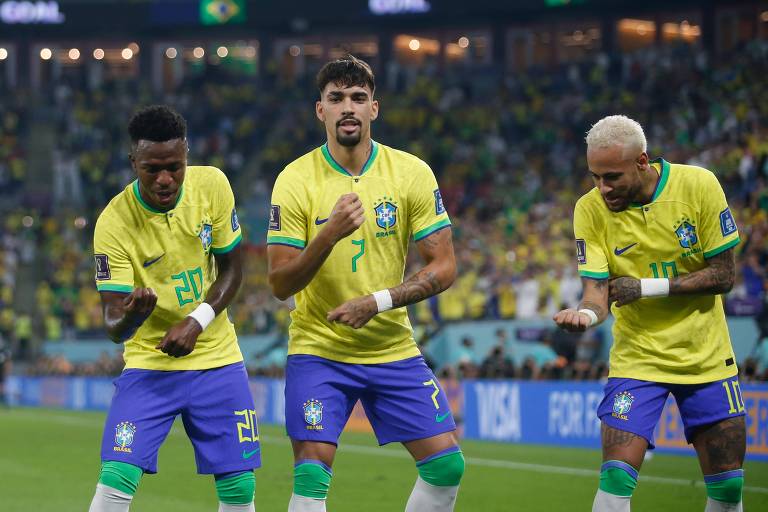It is not new that dancing celebrations are present in a World Cup. However, the choreographies after the goals of Brazil 4 x 1 South Korea became the subject of debate, mainly after the comments from Roy Keane, who thought that the Brazilians had crossed a line.
"I've never seen so much dancing. I know it has a point of culture, but I think it's really disrespectful to the opposition," said the former Irish player and British TV commentator.
Celebrations full of rhythm are remembered every four years, such as the choreographed celebration of South African Tshabalala in the 2010 World Cup.
"I don't see any mockery in the players' dance, I see the manifestation of a corporeity that is expressed in this way", says Luiz Antonio Simas, professor and author of books such as "Umbandas: Uma História do Brasil" ( "Umbandas: A history of Brazil").
If the English School of football manifested itself by the aerial play, and the Scottish one by the exchange of passes, the author says that the Brazilian contribution to football is the swinging. "And swinging is a way of dancing too, dribbling is an expression of corporeity."
Flávio de Campos, a History professor at USP, endorses the argument by saying that there is no insult in the celebrations by the Brazilian national team.
"We swing, we shake, we move our feet, I see a lot of similarity in the cultural expression between football and dance, and when the players celebrate with little dances, they mix these two elements", he says.
Translated by Cassy Dias
